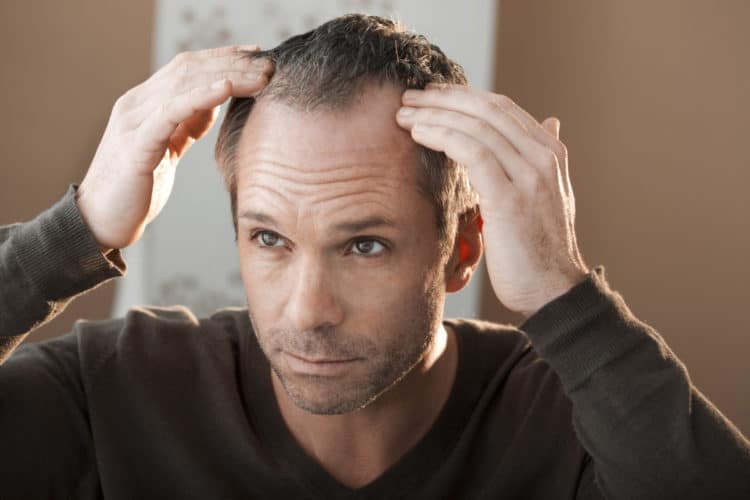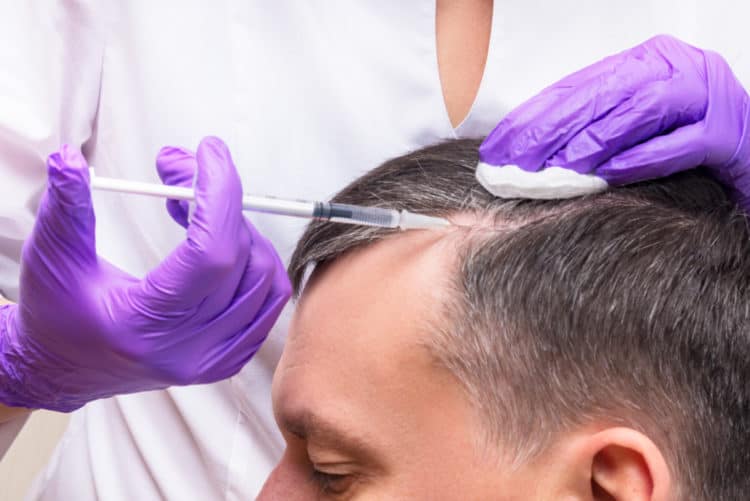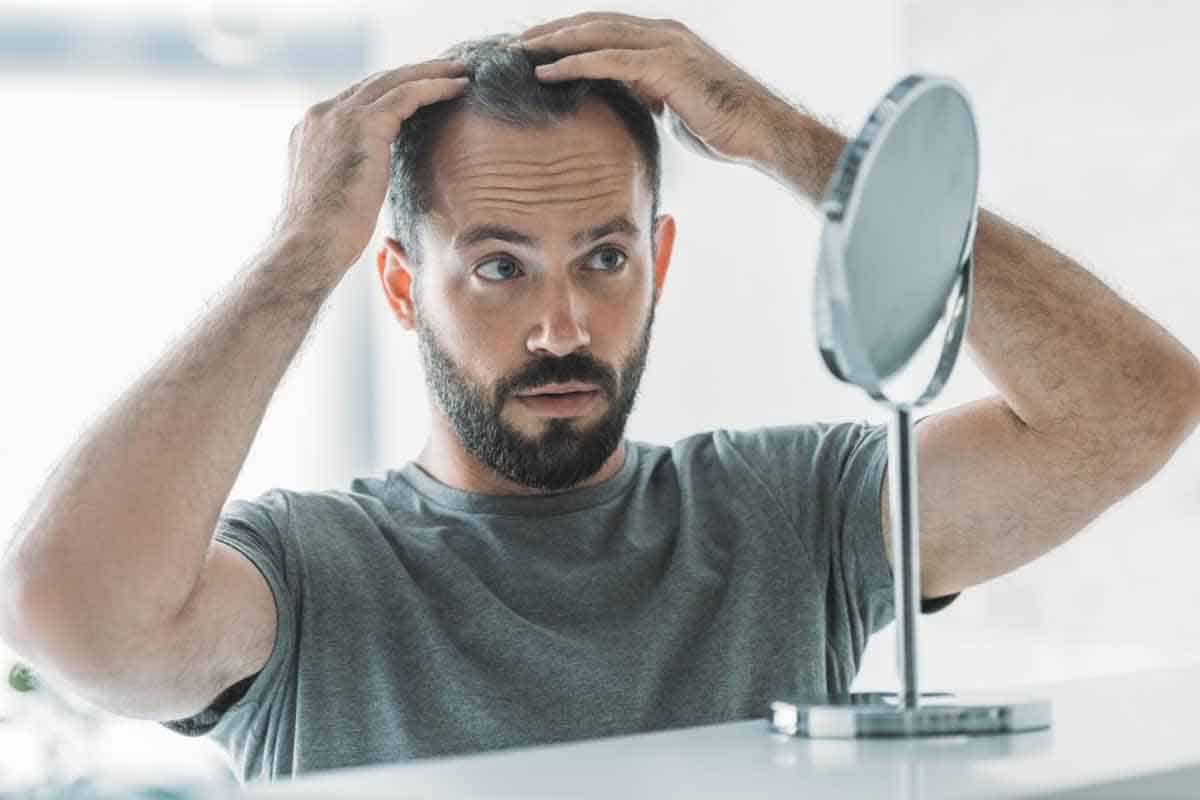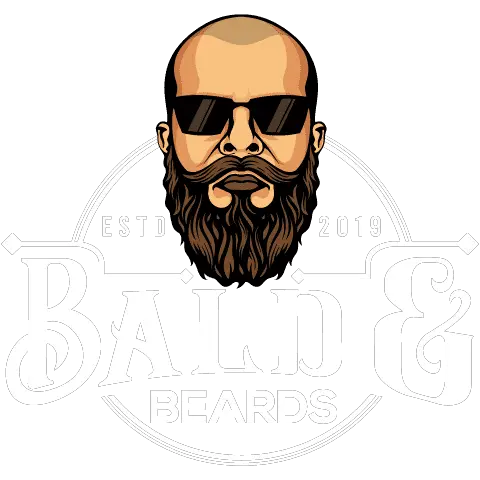Male pattern baldness shouldn’t be the end of your full head of hair. At least that’s the thinking of new platelet-rich plasma (PRP) treatments for hair restoration. New research has shown that PRP for hair loss works for many who want to avoid invasive hair transplant surgeries.
Platelet-rich plasma is a non-surgical hair loss treatment that uses platelets from your blood to regrow hair cells and prevents androgenic alopecia from spreading further.
While PRP injections have been used to treat open wounds, arthritis pain, and tendon tears, doctors are now looking at growth factors and watching how PRP works for hair regrowth.
Platelet-Rich Plasma for Hair Loss
Doctors have successfully used PRP treatments to regrow hair in transplant patients, and now it’s being offered as an option for non-invasive, non-surgical hair restoration to treat male pattern baldness. Typically, the process includes several treatments, so you won’t instantly see results overnight.
New studies reveal PRP is a promising treatment for hair loss. If you have been through hair growth pills and hair loss shampoos, then you already know the struggle of regrowing hair.
So what if the secret to preventing baldness was in your blood?
PRP Results
While it hasn’t been standardized or even studied in depth, the initial results have shown that hair transplants may be on their way out since it’s possible to regrow hair from plasma without surgery.
The doctors who offer platelet therapy start with three treatments spread out over a few months. After 90 days, some patients noted that the treatments stop hair loss and promote hair growth, resulting in thicker, fuller hair. In the most recent study, the majority of patients described the experience as easy and successful, seeing hair growth in less than 6 months.
However, you may need more PRP treatments as hair growth starts to slow down. These are called “booster PRP treatments,” and they are necessary after 6 months of not receiving any PRP.

How Does PRP Therapy for Hair Loss Work?
Here’s how doctors use PRP to regrow hair:
- Doctor draws blood from the patient.
- Blood sample goes into a centrifuge.
- The centrifuge spins, separating the blood and its components.
- The platelets are extracted from the blood with a syringe.
- Doctor injects platelets into specific areas of your scalp where you want to regrow hair.
The process for PRP is still being medically reviewed. However, doctors must draw some of your blood with a needle to separate out platelets.

Once these platelets are collected, they’re inserted back into the plasma of your blood within your scalp.
PRP may be more successful than minoxidil or Rogaine and finasteride or Propecia for hair loss.
Doctors use a small needle to inject PRP into your scalp, hoping to stimulate hair follicles and create new hair growth. Multiple treatments are necessary to feed your scalp more platelets continuously. Even after you experience growth, you would still need to have more platelet treatments to prevent future hair loss.
Importance of platelets in plasma
Doctors say that platelets have special proteins that aid in healing and growth. Due to the concentrated dose of platelets in PRP, it has been used in the past to heal wounds or even aid in hair growth for hair transplant patients quickly.
Treatment Time
Typically, one PRP treatment takes 1 hour. However, several treatments are necessary to see growth. Patients can go back to their regular activities right after treatment, unlike with an invasive procedure such as an FUE hair transplant that may leave scaring.
PRP Side Effects
Current studies revealed that there aren’t any real side effects. However, there will likely be some mild pain at the injection site with some tenderness and possible itching.
Most people don’t like the pain from the needle. However, studies and research are new on this process, so there may be more side effects in the future.
Cost
As of this writing, PRP procedures are treated as experimental and may not be covered by insurance, so costs may be incurred. According to Wikipedia and Scientific American, PRP treatments can range in cost from $500 to $2,000 (USD).
Additionally, several treatment sessions may be required to produce the required result.
Does PRP for Hair Growth Work?
According to the Aesthetic Plastic Surgery journal, a study from 2019 found that most of the 262 participants with androgenetic alopecia could reduce hair loss and increase hair thickness with PRP hair loss treatments.
Here’s a look at few before/after images from clinics currently practicing PRP treatments:


Many other studies, including another one from Dermatologic Surgery in 2019, found that PRP treatments also led to hair growth in patients suffering from androgenetic alopecia and alopecia areata.
It should also be noted that platelet treatments work for men and women experiencing hair loss.
How Long Does PRP Hair Growth Last?
One of the biggest misconceptions about PRP is that it will cure hair loss. Just like laser therapy for hair loss or even BOTOX treatments, PRP requires multiple, ongoing treatments over the duration of your life. While you may notice hair thickness remains intact for multiple weeks following a treatment, it will soon decrease in thickness unless you receive another PRP treatment.
Most doctors suggest patients receive an injection every 3 to 6 months, depending on the results from initial treatments. Some patients need more frequent treatments than others, particularly if fully bald due to androgenetic alopecia.


